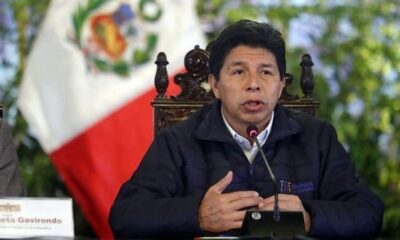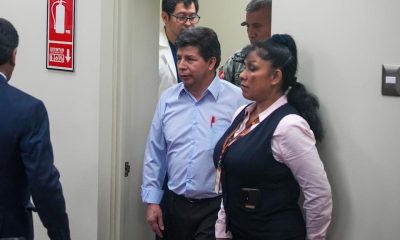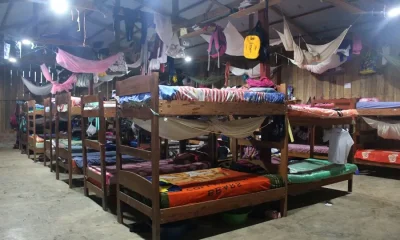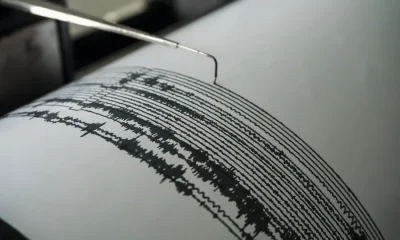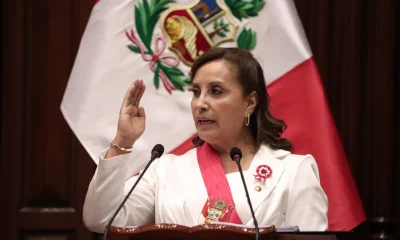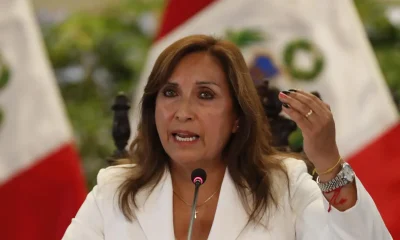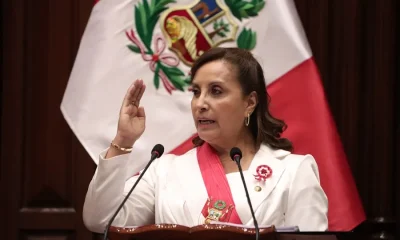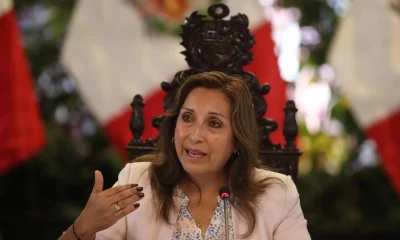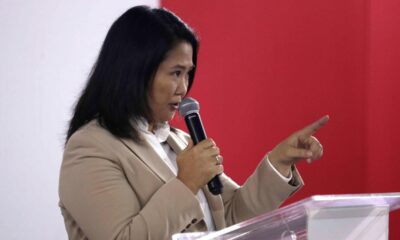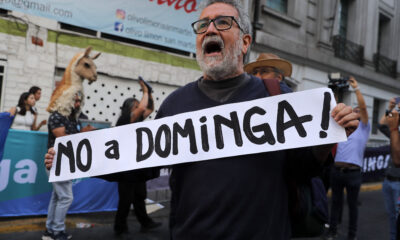International
Health or jobs: Peruvian mining town at a crossroads
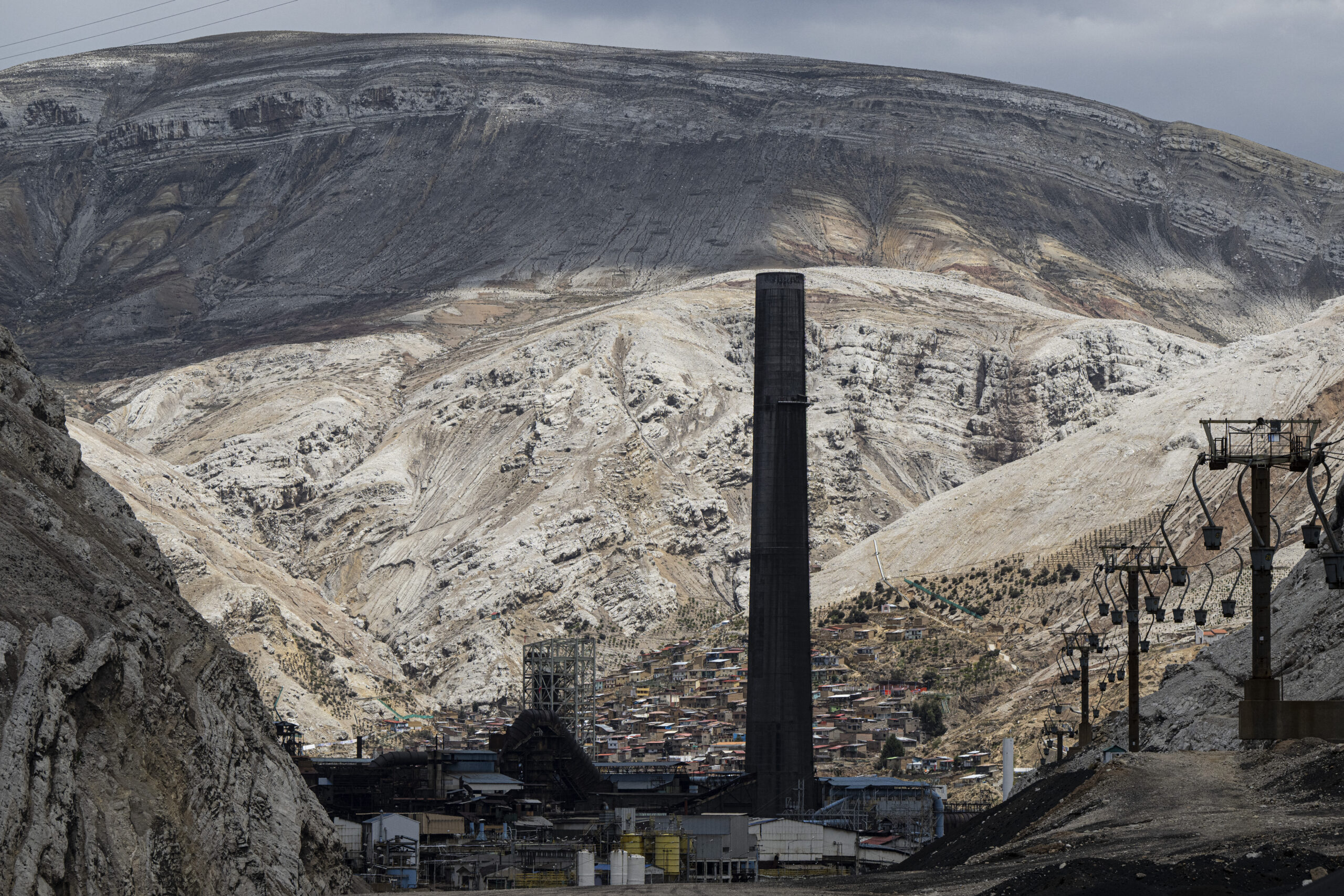
| By AFP | Carlos Mandujano |
The Peruvian mining city of La Oroya, one of the most polluted places in the world, is seeking to reopen a heavy metal smelter that poisoned residents for almost a century.
The Andean city, situated in a high-altitude valley at 3 750 meters (12 300 feet), is a grey, desolate place.
Small houses and shops — many abandoned — cluster around towering black chimneys, surrounded by ashen mountain slopes corroded by heavy metals and long devoid of vegetation.
In 2009, the gigantic smelter that was the economic heartbeat of La Oroya went bankrupt, forcing residents to leave in droves and bringing local commerce to its knees.
Since 1922, the plant processed copper, zinc, lead, gold, selenium, and other minerals from nearby mines.
If the metallurgical complex reopens, as announced by its new owners in October, it could breathe life back into the economy.
“The large majority of the population is eager and has waited a long time for this to start up again, because it is the source of life, the economic source,” said 48-year-old taxi driver Hugo Enrique.
But at what cost?
A lifetime of disease
In 2011, La Oroya was listed as the second-most polluted city on Earth, falling into fifth place two years later, according to the Blacksmith Institute, an NGO which works on pollution issues.
It was in insalubrious company, rubbing shoulders with Ukraine’s nuclear-sullied Chernobyl and Russia’s Dzerzhinsk, the site of Cold War-era factories producing chemical weapons.
According to the International Federation for Human Rights, in 2013, 97 percent of La Oroya children between six months and six years of age, and 98 percent between age seven and 12, had elevated levels of lead in their blood.
Manuel Enrique Apolinario, 68, a teacher who lives opposite the foundry, told AFP his body has high levels of lead, arsenic, and cadmium.
Residents had “gotten used to the way of life, surrounded by smoke and toxic gases,” he said.
“Those of us who have lived here for a lifetime have been ill with flu and bronchitis, especially respiratory infections.”
Another 100 years?
The foundry was opened in 1922, nationalized in 1974, and later privatized in 1997 when US natural resources firm Doe Run took it over.
In June 2009, Doe Run halted work after failing to comply with an environmental protection program and declared itself insolvent.
Now, despite years of residents accusing Lima and Doe Run of turning a blind eye to the harmful effects, some 1 270 former employees want to reopen the smelter next March — with the vow not to pollute.
Luis Mantari, one of the new owners, who is in charge of logistics, said the plant would operate “with social and environmental responsibility.”
“We want this unique complex to last another 100 years,” added human resources boss Jose Aguilar.
The company has stockpiled 14 million tonnes of copper and lead slag waste waiting to be converted into zinc.
“Those of us who fought against pollution have never opposed to the company working. Let it reopen with an environmental plan,” said Pablo Fabian Martinez, 67, who also lives near the site.
For many, though, the decision comes down to pure pocketbook issues.
“I want it to reopen because, without the company, La Oroya lost its entire economy,” added Rosa Vilchez, a 30-year-old businesswoman. Her husband left to work in another city after the closure.
Respect health
In 2006, La Oroya residents sued the Peruvian government at the Inter-American Commission on Human Rights for allowing the company to pollute at will.
Hearings began in October with the court sitting in the Uruguayan capital Montevideo, and residents recounted how they struggled with burning throats and eyes, headaches, and difficulty breathing.
Others told of tumors, muscular problems, and infertility blamed on pollution from the smelters.
The commission found last year that the state had failed to regulate and oversee the behavior of the mining company and “compromised its obligation to guarantee human rights.”
“We are aware that the metallurgical complex is a source of employment. We don’t deny that,” said Yolanda Zurita, one of the litigants, who plants trees to counter the pollution.
“But it must respect the population’s health.”
International
Mexico City prepares for 13 million pilgrims at Basilica of Guadalupe
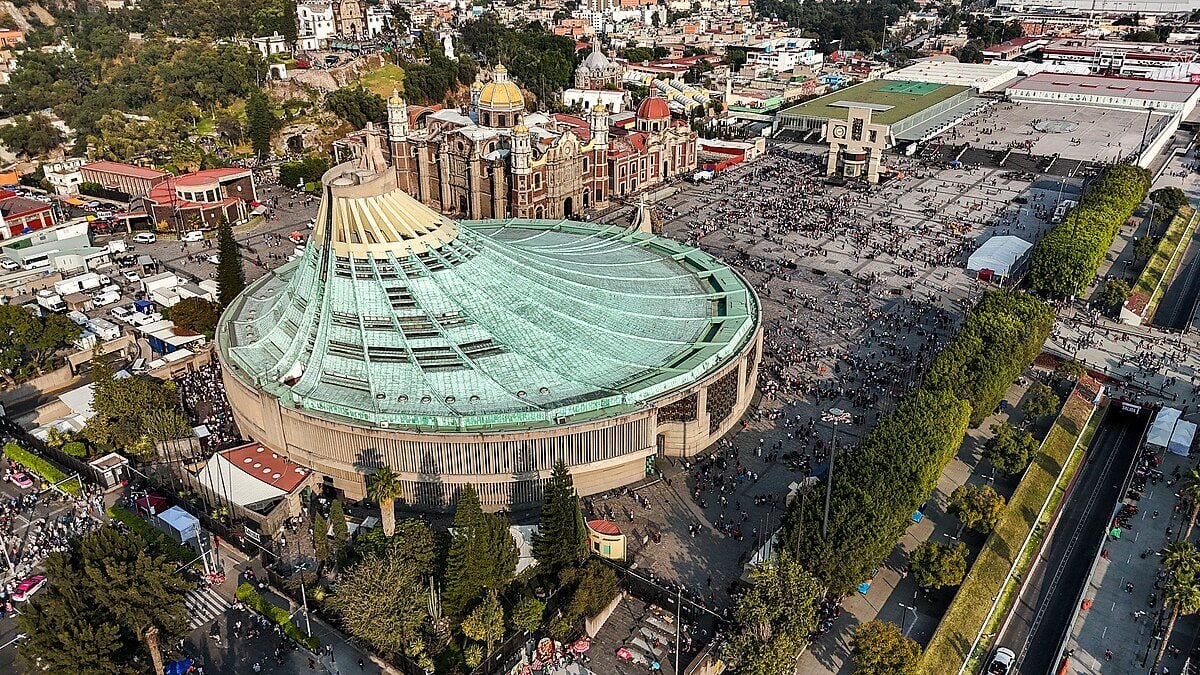
The Mexico City government is expecting at least 13 million pilgrims to visit the Basilica of Our Lady of Guadalupe for the December 12 celebrations honoring Mexico’s patron saint. To ensure the safety and care of visitors, authorities have launched the “Basilica Operation,” mobilizing more than 105,000 public servants.
Mayor Clara Brugada stated that the operation began on December 5 and will continue until December 14, covering the peak of visits to the basilica, located in the Gustavo A. Madero borough in the north of the city.
Key measures include reinforcement of the Metro public transport system, particularly at stations near the sanctuary, the installation of three helipads for medical emergencies, and the involvement of Civil Protection brigades, health ministry personnel, and public safety officers.
Secretary of Public Security Pablo Vázquez explained that the deployment also includes 255 patrol units and numerous specialized teams to manage crowds, traffic, and emergency situations, aiming to guarantee a secure experience for all pilgrims.
Central America
Mexico and Guatemala launch joint security operation after Agua Zarca border attack
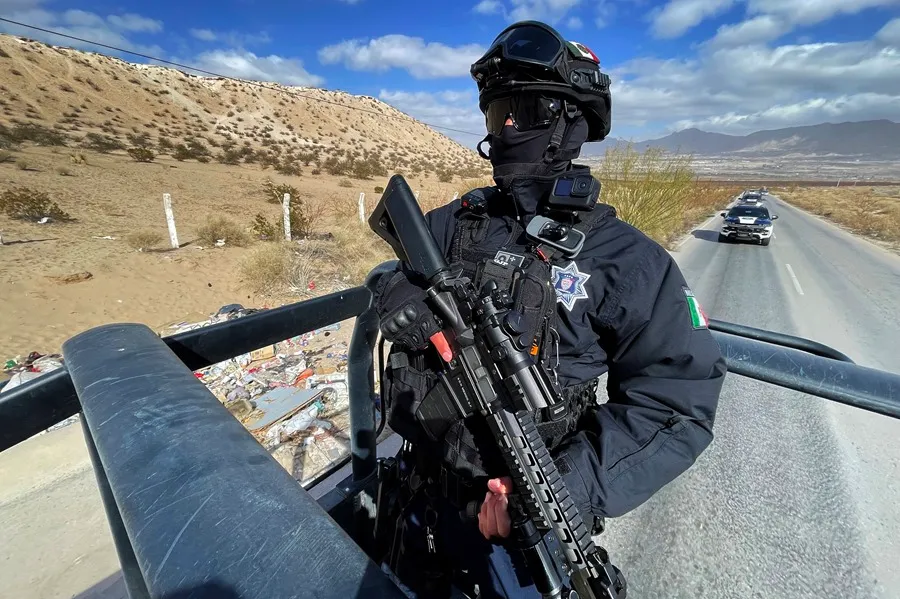
The Government of Mexico announced on Tuesday that it has strengthened coordination with Guatemala following an armed confrontation in the community of Agua Zarca, in Guatemala’s Huehuetenango department, where a soldier was wounded in an attack attributed to organized-crime groups operating on both sides of the border.
The Secretary of Security and Citizen Protection, Omar García Harfuch, confirmed that Mexico is exchanging information with Guatemalan authorities and that Mexican Army units have been deployed along the border to reinforce surveillance and assist in reconnaissance operations.
The attack, Guatemala’s Defense Ministry stated, reflects the “criminal dynamics” dominating that border region, where different groups compete for drug and arms trafficking routes.
According to Guatemala’s Defense Ministry, the clash left a soldier wounded in the leg after suspected criminals crossed from Mexico and opened fire. The wounded soldier is reportedly in stable condition. Authorities also seized high-caliber weapons, explosives, tactical gear and drones, which were handed over for forensic analysis.
Mexican Defense Secretary General Ricardo Trevilla Trejo announced that a coordinated plan of operations will be launched involving both Mexican and Guatemalan forces along the border to counter these criminal networks.
Harfuch emphasized that the violence is not isolated but symptomatic of the ongoing struggle between criminal organizations for territorial control, and reiterated Mexico’s commitment to bilateral security cooperation and its intention to strengthen institutional presence in vulnerable border zones.
International
Zelensky meets Pope Leo XIV as review of U.S. peace plan continues
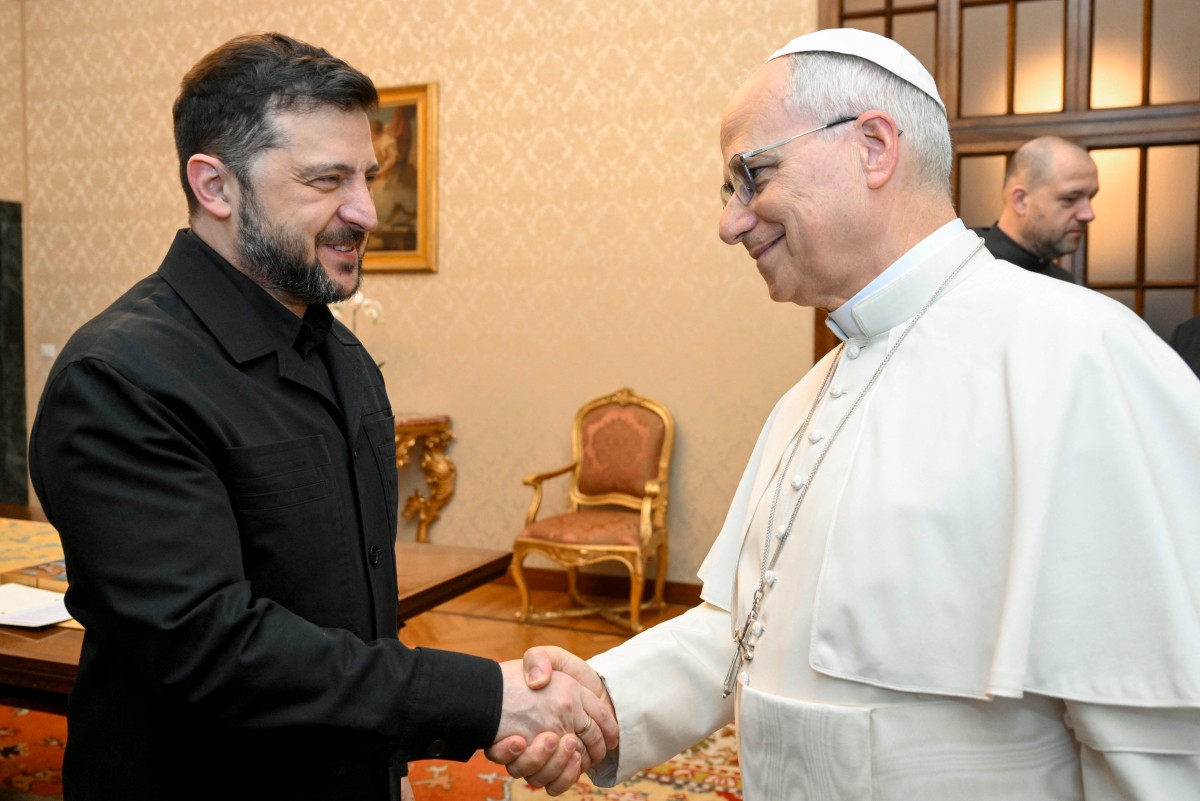
Ukrainian President Volodymyr Zelensky met on Tuesday with Pope Leo XIV in Italy, after pledging to deliver a response to the United States regarding the proposed peace plan aimed at ending the war with Russia.
The meeting with the pontiff took place at the papal residence in Castel Gandolfo, near Rome, where Leo XIV “reiterated the need to continue dialogue and renewed his urgent hope that the ongoing diplomatic initiatives may lead to a just and lasting peace,” the Vatican said in a statement.
His visit to Italy follows Monday’s meetings with European leaders in London and Brussels, amid pressure from U.S. President Donald Trump to agree to a peace plan that Zelensky said he is still reviewing.
According to Zelensky, the plan presented by Washington—originally consisting of 28 points—was reduced to 20 after discussions between Ukrainian and U.S. representatives over the weekend. “We are going to work on those 20 points. We are not completely satisfied with the proposals from our partners,” Zelensky said during an online press conference on Monday.
-
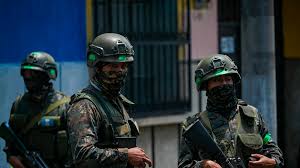
 Central America2 days ago
Central America2 days agoGuatemalan soldier wounded in clash with suspected mexican armed group near border
-
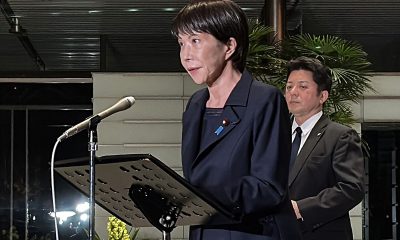
 International2 days ago
International2 days agoJapan lifts tsunami alert after strong 7.6-magnitude earthquake hits northern coast
-

 Central America4 days ago
Central America4 days agoHonduras vote vount drags on as Asfura and Nasralla remain in technical tie
-
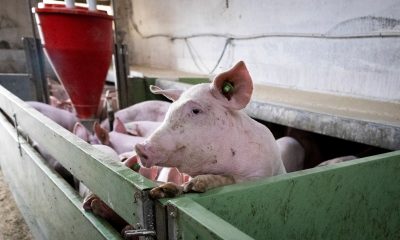
 International4 days ago
International4 days agoFive laboratories investigated in Spain over possible African Swine Fever leak
-

 Central America2 days ago
Central America2 days agoGuatemala reverses asset seizures after judge replacement, benefiting ex-president and former ministers
-

 International2 days ago
International2 days agoInterior Dept. redefines 2026 Patriotic Days, sparking criticism over removed civil rights holidays
-

 Central America1 day ago
Central America1 day agoMexico and Guatemala launch joint security operation after Agua Zarca border attack
-
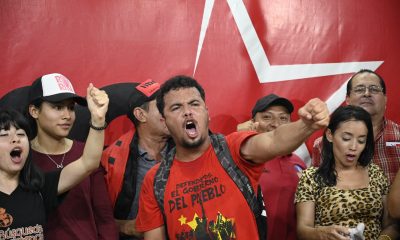
 Central America1 day ago
Central America1 day agoHonduran University: Nullifying elections without proof of fraud undermines popular sovereignty
-

 Central America1 day ago
Central America1 day agoCNA director says Libre’s defeat stems from “lack of substance,” not messaging
-
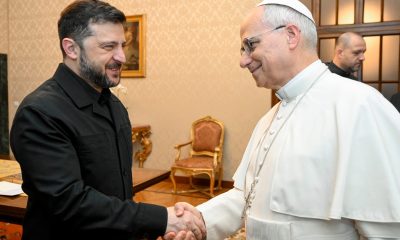
 International1 day ago
International1 day agoZelensky meets Pope Leo XIV as review of U.S. peace plan continues
-

 Central America7 hours ago
Central America7 hours agoU.S. accuses Ortega regime of systematic human rights abuses in Nicaragua
-

 Central America7 hours ago
Central America7 hours agoU.S. finds no evidence of fraud in Honduras election despite delays
-

 Central America7 hours ago
Central America7 hours agoHonduras’ electoral chief reports ongoing technical issues but says results remain intact
-
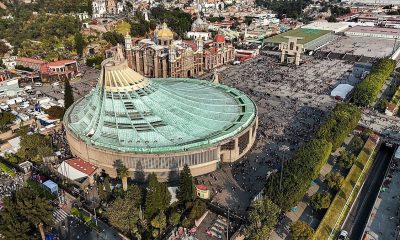
 International7 hours ago
International7 hours agoMexico City prepares for 13 million pilgrims at Basilica of Guadalupe

























